7 Simple Ways to Cut Down on Sugar in Your Diet
You can still enjoy sweet flavors while consuming less added sugar.
Updated on April 23, 2024
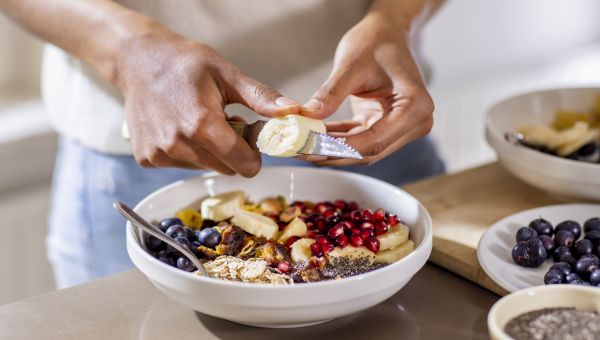
The American Heart Association (AHA) recommends limiting added sugar intake to no more than 6 percent of your daily calories. That translates to about 100 calories (6 teaspoons or 25 grams) for women and no more than 150 calories (9 teaspoons or 36 grams for men).
The latest government-issued Dietary Guidelines for Americans recommend that people consume less than 10 percent of daily calories from added sugar. For someone with a 2,000 calorie diet, that’s about 50 grams of sugar a day. Even so, the average American exceeds even this fairly generous limit.
You probably know that your favorite sweets contain added sugars, but sweeteners also appear in foods we may not expect, like pasta sauces and salad dressings. If you’re looking to reduce your overall added sugar intake, try these tips to get started.

Check the labels
The only way to find out just how much sugar a particular food contains is by taking a close look at the nutrition label. As of 2021, the U.S. Food and Drug Administration (FDA) requires most food manufacturers to clearly list the amount of added sugar in their products.
Added sugars come by many names in addition to the familiar high-fructose corn syrup, so look for ingredients like sucrose, dextrose, and maltose. If any of these appear in the list of ingredients, your product contains added sugars.
Even some unexpected grocery items contain added sugars. Some brands of tomato sauce, for example, contain 10 grams of sugar per cup. Even foods commonly considered “healthy,” like granola, can contain as many as 12 grams of sugar per half cup. Check the nutrition facts and choose products with little or no added sugar.
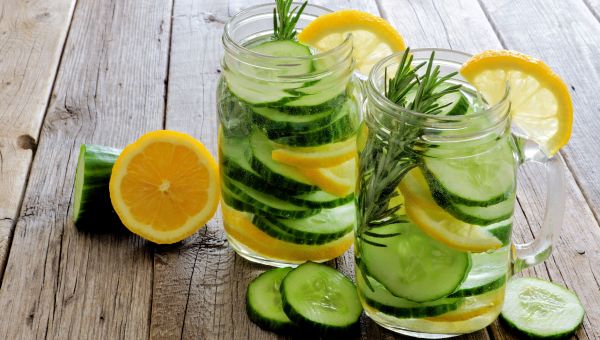
Drink Up (With Less Sugar)
Many people have a difficult time distinguishing between hunger and thirst, so we may reach for a snack when we really just need a drink.
The problem is, we often seek to quench our thirst with sugar-sweetened beverages, like juice and soda, when plain-old water is the better bet. A 12-ounce can of cola contains 39 grams of sugar—more than what the AHA recommends for an entire day.
There are other ways to refresh while satisfying a sweet tooth. Try swapping soda for a zero-calorie flavored seltzer or a fruit-infused water. Simply slice your favorite fruit and veggies— like lemons, oranges, or cucumbers—and toss them in a big pitcher of water.
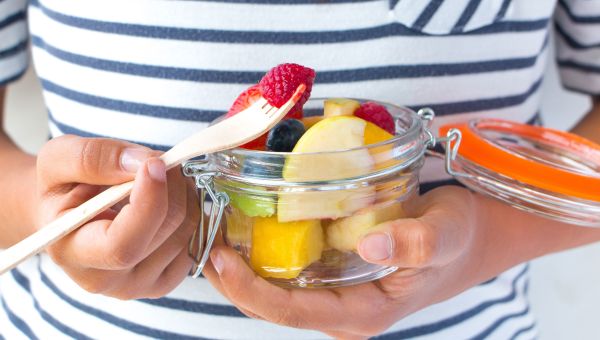
Choose whole fruits
Not all sugars are created equal. Foods like fruit contain natural sugars, as well as other nutrients like fiber, vitamins, and minerals. Most products with added sugar, like candy bars and soda, lack other healthy ingredients.
While whole fruits deliver a healthy dose of sweetness, fruit-based products—like juices, smoothies, fruit cocktail, and jams—may contain more added sugars than you’d think.
An orange contains about 12 grams of natural sugar, but one eight-ounce glass of orange juice contains 21 grams. Likewise, a cup of strawberries contains just 7 grams of sugar, compared to a single tablespoon of strawberry jam, which has 12 grams of sugar. If you’re looking to reduce your sugar consumption and satisfy your fruity cravings, choose a piece of whole fruit.

Spice up your meals and snacks
Morning meals can be loaded with sugar, from coffee to yogurt to oatmeal and more. Your morning latte may jumpstart your day, but have you considered how much sugar it might have? A small vanilla latte—even with nonfat milk—contains 27 grams of sugar. You don’t have to skip your favorite drink of the day, just swap the sugar or sugary syrup for more wholesome ingredients, like spices.
Cinnamon has barely any sugar but adds a bit of sweetness to things like coffee, yogurt, and oatmeal. Nutmeg and turmeric make tasty low-calorie additions, too. If spice isn’t your style, reach for a flavorful extract. To recreate your favorite vanilla latte with less than one gram of sugar, just add a teaspoon of pure vanilla extract.

Buy unsweetened items
Unsweetened versions of some household staples—like applesauce, shredded coconut, and almond milk—are available at many supermarkets. Look for phrases like “unsweetened” and “no sugar added” on package labels. Swapping out sweetened for unsweetened versions can save you:
- Almond milk: 7 grams of sugar per cup
- Shredded coconut: 10 grams per ounce
- Applesauce: 10 grams per 4 ounces
- Oatmeal: 6 grams per single-serve packet
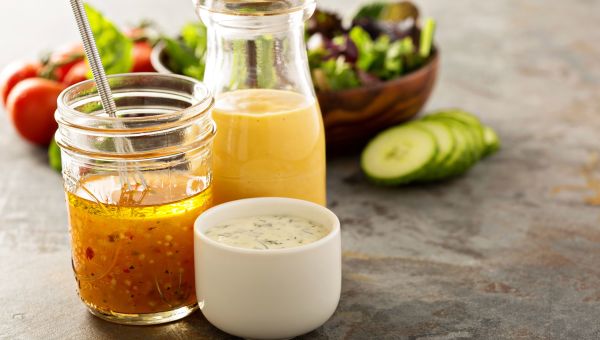
Make your own condiments
Salad dressings, sauces, and juices are often packed with added sugars. Though unsweetened or reduced sugar options may be available, sometimes the best way to ensure that you’re getting a low-sugar version is to make it yourself.
Not sure where to begin? Top your salad with homemade dressing by stirring together lime juice, olive oil, and your favorite herbs. You’ll save 3 grams of sugar per fluid ounce.
Swap store-bought pasta sauce with a simple, DIY version. Blend tomatoes with a bit of extra virgin olive oil and Italian herbs and spices, like basil and oregano, to create a homemade pasta sauce that saves you 18 grams of sugar per cup.
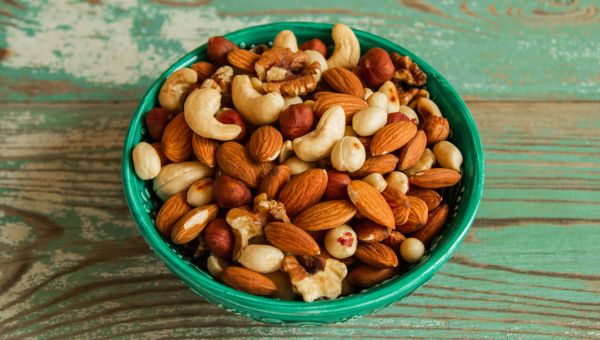
Stock up on healthy snacks
If you’re looking to sustain your energy all day, it’s a good move to supplement your eating plan with nutrient-rich, filling snacks. The key is to stock your kitchen, office, purse, or backpack with healthy snack options.
Fruits and veggies are healthy options. Meanwhile, nuts, seeds, plain nonfat Greek yogurt, and natural peanut butter can ease sweet cravings while help your avoid overdoing it on added sugars.

American Heart Association. Added Sugars. Last Reviewed: November 2, 2021.
U.S. Food and Drug Administration. Changes to the Nutrition Facts Label. March 28, 2024.
U.S. Food and Drug Administration. Added Sugars on the Nutrition Facts Label. March 5, 2024.
More On


video

article
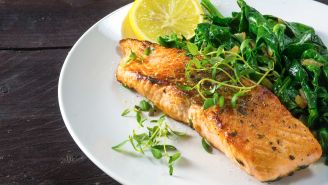
slideshow


video


video
